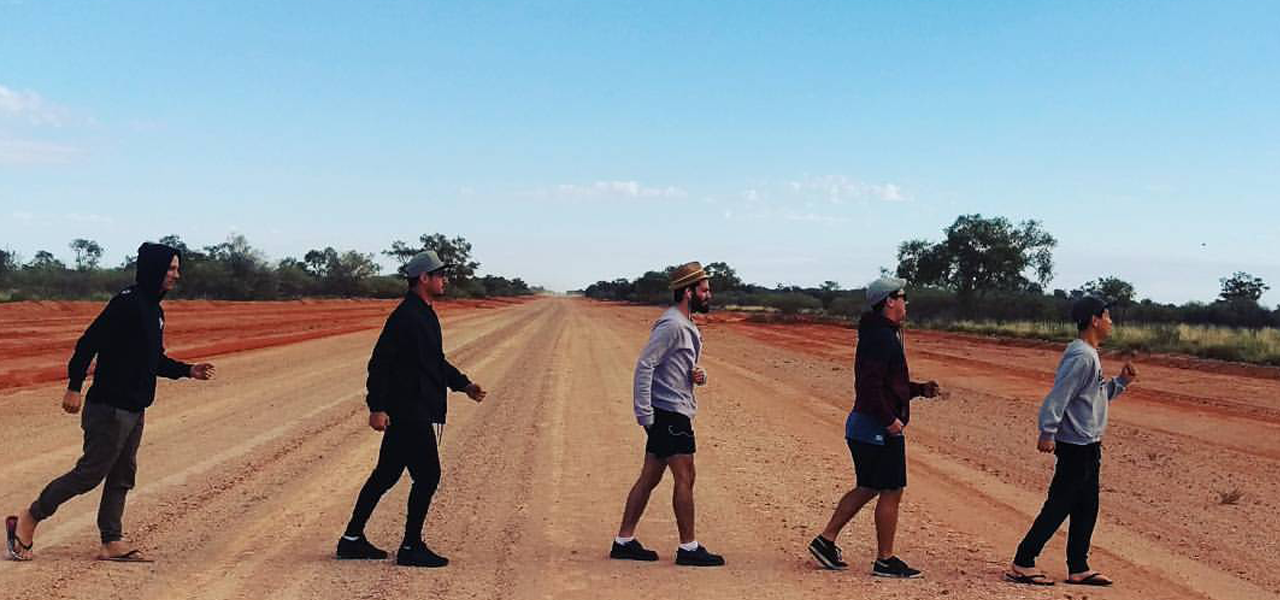arTour's Creative Broker Luke Harriman (2014 - 2018), shares his Top Touring Tips for artists keen get on the road in Queensland!
What to tour
Touring productions will potentially visit a large range of rural and remote communities, some of which are better resourced than others. Performing arts centres often have entrepreneurial budgets with teams of staff to run their programming, marketing and operations. However, community presenters such as local arts councils and regional councils may have very limited resources when it comes to programming budgets, technical equipment, staff and time.
Touring productions generally need to be:
- High quality
- Flexible and self contained
- Affordable with great audience appeal
- Quick and easy to bump in and out
- Engaging for local communities
Where to tour
Having a clear understanding of your technical needs, costs and target audience makes deciding which towns and venues to approach a lot easier.
In Queensland there are a number of centres with large proscenium arch theatres with 800+ seats, others are slightly smaller with 500-800 seats. There are only a handful with smaller studio spaces between 120 - 300 seats. Beyond managed venues, there are literally hundreds of town halls, community centres, schools and other spaces where your show might work.
arTour has a detailed database of presenters around Queensland. arTour has a great understanding of the touring network in Queensland and can guide you if you are unsure where to start.
How to market a tour
There are two separate but equally important types of marketing to consider:
a) Selling your production to presenters
Before presenters will buy your show, they will want to be sure of the quality of the work and that it will appeal to their local audiences. It’s worth developing a great presenter pack with high quality images, video trailers, and lots of detailed information about the show. There are a number of performing arts markets around Australia and online where you can upload this information such as PAC Australia and the National Touring Selector.
b) Marketing your production to audiences
Marketing a tour will include using a variety of tools and channels to spread the word. Posters, flyers, social media, promotions, advertising, and publicity are typical inclusions in any marketing campaign.
If you’re working with a presenter, give them useful content to help them promote your show to their local audiences. As well as the usual copy, hero image and trailer, think about creating behind the scenes content, character insights clips and promotional ideas that tie in with local businesses or events. Pre-written Facebook posts help time-poor presenters and give audiences a unique perceptive into your show.
arTour’s Marketing kit outlines all the essentials and you can build in some of your own ideas.
What do regional audiences want to see?
The only way to find out is to ask. And, don’t wait until after you’ve created the work to find out. It’s very useful to have a sense of where you want to take your work as you create it.
Regional audiences enjoy an eclectic mix of shows in different types of venues and contexts. As with anyone else, they want high quality work that brings the community together to experience something special.
If you’re considering approaching performing arts centres, take the time to look at their program to see what shows they’ve presented in the past. Visit their websites as many venues publish their programs online.
Funding for touring
There are several funding streams available to support regional touring including Playing Queensland Fund for touring within Queensland (all artforms) and Playing Australia for performing arts touring or Visions of Australia or Contemporary Touring Initiative for visual arts tours outside of Queensland.
Depending on your project you might also be eligible to apply to the Regional Arts Development Fund in partnership with local presenters and you may also like to investigate crowd funding, private sponsorship as well as Plus1 and MATCH funding from Creative Partnerships Australia. Keep an eye on the Artshub, Arts Queensland and arTour websites for information about new funding opportunities.
Final words of advice
Plan ahead and create a checklist. Build a mud map of your touring timeline and work back from the start of your tour. Be sure to factor plenty of time for building your itinerary, getting venue confirmations, meeting funding timelines, logistics planning and marketing. arTour recommends allowing a minimum nine months from project conception to getting on the road if you are touring to community presenters. However, bear in mind managed venues confirm their program up to two years in advance.
Finally, put together the list of all the steps required to get your show on the road. Be sure to share the checklist with your tour stakeholders so everyone is clear on workload and responsibilities.
arTour’s Tour Checklist template is a great place to start.
This article was originally published on the Arts Queensland blog.


Comments/Reviews